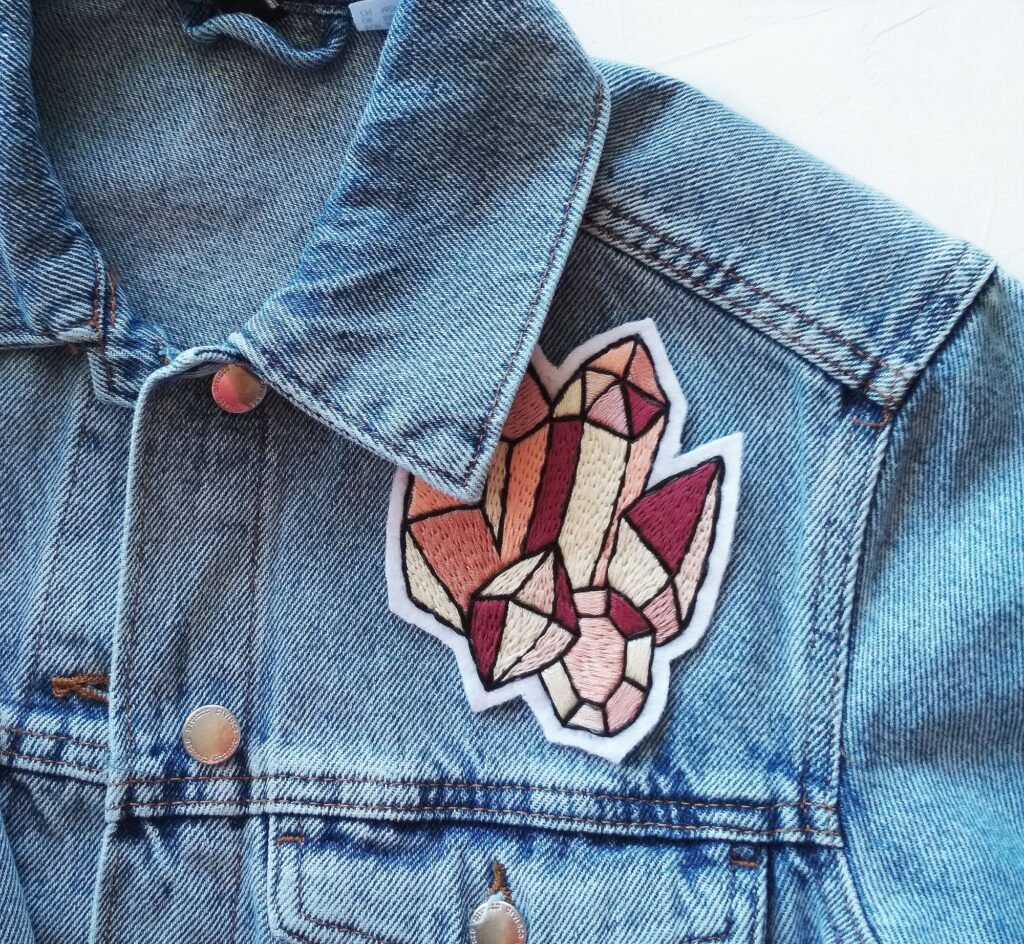How to Make a Swimsuit: Steps of Making a Swimsuit in 2024
Do you know how to make a swimsuit? Making a swimsuit is really easy. You can make your swimsuit at any time at home by simply following a few easy steps. Today we will be sharing a few easy steps on how to make a swimsuit. Keep following the details. If you’re having problems finding a bikini that “fits” you perfectly, avoid the swimwear rack. And design your own suit instead. You can try making a 2-piece suit or a variety of different types. You can make them once you’ve finished choosing, cutting, and stitching the swimwear fabric for this design. Assemble the Suit Panels Purchase or Create a Front and Back One-Piece Swimsuit Pattern You can easily buy swimsuit patterns online or at craft stores; they are created with paper and, when cut in half vertically, each panel (the front and back) resembles that side of the suit. However, you can create your own design by folding a swimsuit vertically in half. After that, draw its outline on craft paper, then fold it vertically the opposite way, and draw its outline again on another piece of paper you can create your own. Pre-made patterns provide instructions so you can alter the size or suit’s cut to your liking. If you create your own pattern, it will be simple to add to or slightly alter the suit’s shape or appearance. The design you chose should have measurements that are roughly 3-5 in (7.6-12.7 cm) smaller than the body measurements of the person you’re creating the suit for because swimsuits are elastic and should have “negative ease.” Get Swimsuit Fabrics, Swimsuit Elastic, and Swimsuit Lining Make sure you purchase a fabric designed specifically for swimwear that is 4-way stretchy because this type of fabric is more flexible both horizontally and vertically than 2-way stretch fabrics. Get either swimsuit liner fabric or a neutral-colored swimsuit fabric with 4-way stretch for the interior. So, purchase some swimsuit elastic as well (not standard elastic). Typically, the material used to make swimsuits is made up of 80%–90% nylon and 10%–20% lycra or spandex. For two-piece swimsuits, it’s acceptable to use two-way stretch fabric; however, four-way stretch is ideal for two-piece suits and essential for one-piece suits. Otherwise, it won’t be flexible enough for you to pull on your one-piece suit! Swimsuit elastic is typically made of cotton or rubber rather than polyester because it is intended to keep up better to chlorine and seawater. Fold Over Two Pieces of Swimsuit and Liner Fabric Each You should lay down the two swimsuit fabric pieces with the design facing down. Make a straight fold line along one side of each fabric when you fold it in half to close a book. Use the lining fabric in the same way, but keep in mind that it lacks a pattern side. Each fabric piece should be a little bit bigger than your swimsuit design panels when folded in half. To Trace and Cut The Swimsuit Panels, Use The Patterns Lay the front and back panel patterns on the particular pieces of swimsuit fabric, aligning the pattern’s straight edge (which goes from the neck opening to the crotch) directly on top of the folded edge. At this step, you have two choices: either follow the pattern’s contour using sharp scissors or a rotary cutting wheel or trace the pattern onto the cloth with chalk before cutting it out. With the lining fabric, repeat the procedure. Avoid stretching the fabric when you cut it. To assist in holding the pattern in place while you trace and/or cut, use pins or fabric weights (little weighted discs). You Should Unfold the Cut Panels and Lay Out inside-out In other words, unfold the suit material, lay down the back panel with the patterned side facing up on your work table, then place the front panel on top with the patterned side facing down. Make sure the panels are lined up and smoothed down, particularly where the shoulder straps, sides, and crotch are concerned. Although there isn’t a “right” or “wrong” side of the fabric to be concerned about in this situation, follow the same procedure for the front and rear liner panels! Use a Zigzag Stitch to Sew the Crotch, Sides, and Tops of the Straps Use a sewing machine with either ballpoint or stretch needles with the standard, three-stretch, or lightning stitch settings. After that, concentrate on sewing together the top of the shoulder straps, the sides of the suit, which are located between the arm and leg openings, and the crotch region, which is located between the leg openings. Separately, repeat the procedure with the front and rear liner panels. Attach the suit material and liner material. Sewing designs with zigzag edges resist stretching considerably better. Use wooly nylon or polyester thread. Cotton thread isn’t flexible enough and doesn’t withstand chlorinated or saltwater as well. Inside the Swimsuit, Baste (temporary stitch) the Liner Insert the liner into the suit material at the neck opening, then align the seams you just stitched in the crotch, side, and strap seams. When you have the seams aligned, pin them in place. Make a simple up-and-down running stitch with your sewing machine, which is a standard basting stitch. Glue the liner and suit together at the neck, arm, and leg openings. Tapping is another name for basting. In this case, you do not need to remove the basting stitches. To remove the basting thread, use a seam ripper to slice through it and pull it out once the suit is finished. Adding Elastic to the Suit Sew Swimsuit Elastic with a 25% Stretch into the Neck Opening Turn the suit inside-out while holding the elastic strip’s end against the inside of the neck opening’s middle back. To secure the elastic, make 5–10 zigzag stitches using your sewing machine. Stretch the elastic to 5 in (13 cm), which is a 25% stretch, by grabbing it approximately 4 in (10 cm) down the strip. Stretch a bit
How to Make a Swimsuit: Steps of Making a Swimsuit in 2024 Read More »






